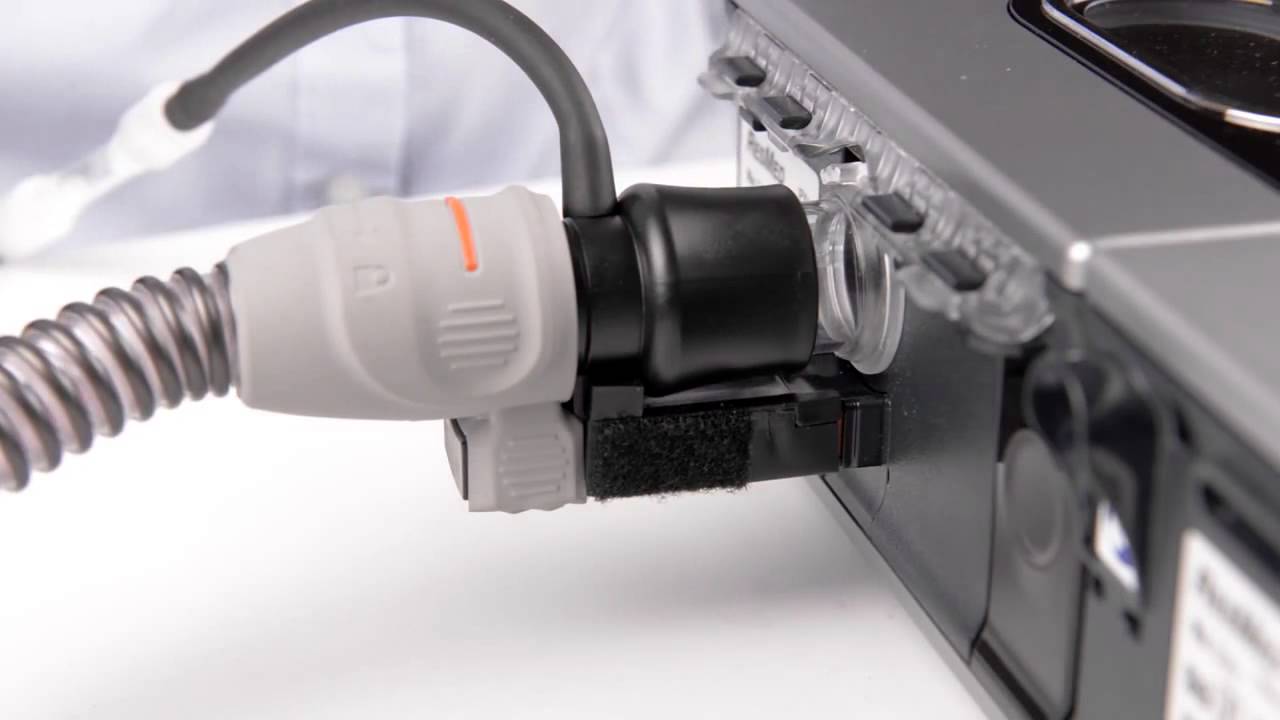Your sleep apnea needs to be treated, and your doctor recommends that you use a CPAP machine. There is a possibility that you will spend the entire night attached to a distracting machine that has tubes here, a mask there, and straps going in every direction.
According to David Rapoport, MD, the director of research at the NYU Sleep Disorders Center, it is possible for it to appear to be overwhelming.
Although it is extremely hard to attempt to convince people to be more open to the idea of sleeping with a cpap machine for sleep apnea, it is amazing that once they give it a shot, they almost always comment, ‘That’s not so terrible.'”
There is a possibility that there will be a few obstacles in the beginning, but they do not have to be deal-breakers. You’ll be able to get a good night’s sleep with a CPAP machine after you understand how to use it.

Getting to Know Your CPAP Machine
When you have sleep apnea, your airways can quickly close or become obstructed up to 30 times or more per hour, causing you to stop breathing for a few seconds each time. Continuous positive airway pressure, or CPAP for short, is a treatment that involves forcing air into the airways in order to keep them open.
The apparatus includes a pump that regulates the flow of air, a tube that transports air from the apparatus to you, and a mask that can be worn over either your mouth or nose or both.
There are a few aspects about it that can require some getting used to, including:
Masks and Straps
If you’ve never gone to sleep with something resting on your face, it’s going to take some time for you to become used to wearing the CPAP mask without giving it a second thought.
The vast majority of contemporary ones belong to one of these three categories:
- A nasal mask that covers your nose and fits over it.
- A “nasal pillow mask” that slides under your nose and covers your nose and mouth.
- A complete mask that encloses both your mouth and your nose.
There are subtypes of these three primary categories that include the following:
- Masks that cover the entire face and extend down over the eyes as well
- Masks for the nose that include prongs that fit into the user’s nostrils
The continuous positive airway pressure (CPAP) device will function well provided that the mask is properly sealed to ensure that the air pressure coming from the tube remains stable. It is up to you to choose which variety feels the least intrusive on your face and which straps work the most effective to keep it in position. It’s possible that you won’t find one that you like unless you try a few different kinds first.
Your primary care physician and a specialist in sleep medicine can assist you in determining whether or not everything functions and fits as it should.

It’s the same as putting on shoes. When you buy a new pair of shoes, they are almost guaranteed to rub or cause pain when you first wear them. Or if you just got a new pair of glasses, you may find that you are quite aware of them. However, after some time, it will become as natural as breathing. You don’t even think twice before putting it on.
Noise
CPAP machines used to be cumbersome and noisy when they were first introduced. It was more of a whoosh than a whoosh when it happened. The sounds they created were metallic and clicking.
However, it was back then. Modern machines are more discrete, more compact, and produce less noise than in the past. There are a lot of brands that are almost silent. That is an advantage not just for people who use CPAP machines, but also for the people who sleep with them.
Pressure
Air pressure can be adjusted in a variety of ways depending on the machine. Some of them adjust it differently based on whether you are inhaling or exhaling the vapor. Your physician will assist you in determining the dose that is safe for you to take and provides the greatest benefit to you.
Dryness
Dryness is a complaint voiced by some people who use CPAPs. They feel that all of the pushed air causes the mouth and nose to become parched. That problem can be remedied by the humidifiers included into many devices. There are even those that heat the humid air.
Difficulty With Nasal Breathing
You may have difficulty using a CPAP machine if you have trouble breathing through your nose because of allergies, sinus problems, or a physical issue with your nose. If you feel stuffed up as a result of these conditions, you may have trouble using a CPAP machine. The problem, however, will almost always go away if you have your congestion treated, whether with medication, allergy treatments, or even surgery in some cases.
Many individuals are suffering from nasal blockage or congestion without even being aware of the fact. The treatment for these conditions improves the effectiveness of CPAP for the patient.

Appreciating Your CPAP
CPAP machines are the most effective treatment option for obstructive sleep apnea for the vast majority of patients. The difficult task for medical professionals and sleep specialists is to persuade individuals who are skeptical that using a sleep aid is in their best interest.
People who don’t get treatment for the problem have a higher risk of having heart attacks, strokes, high blood pressure, and other health problems. This is in addition to the fact that they won’t get a good night’s sleep.
One doctor reports that the majority of the time, he tells his patients that they can’t criticize CPAP until they’ve really used it. He asserts that many of the individuals to whom he recommends CPAP do experience the benefits, and some of them more quickly than they had anticipated.
